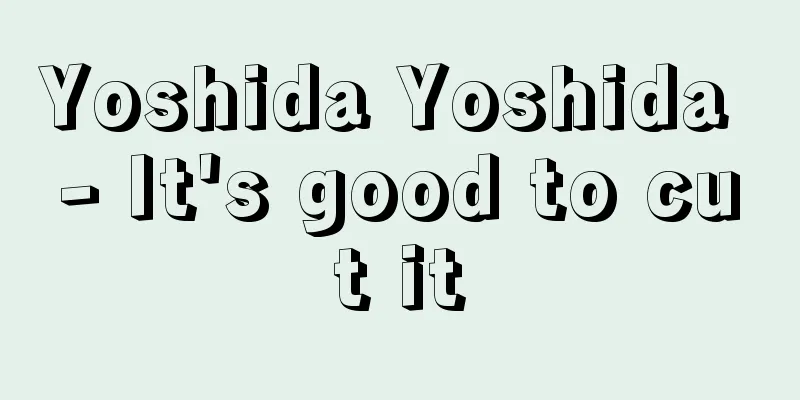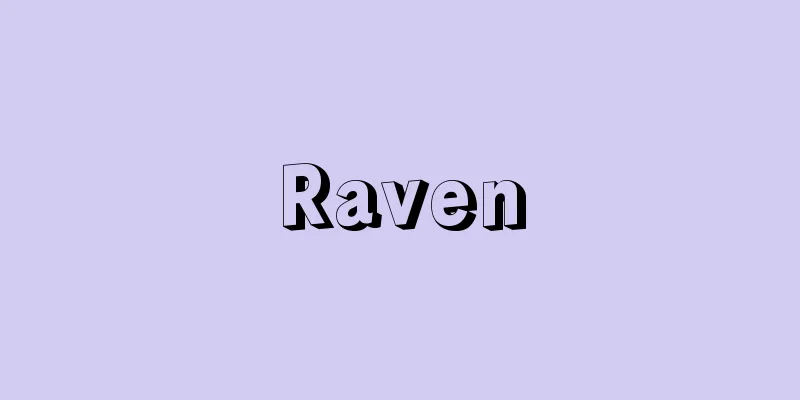Koto song score - Kinkafu

|
A score of a song sung to the accompaniment of the koto (Japanese harp) during the Heian period. The editor is unknown. The colophon of the only surviving copy (held at the Yomei Bunko Library) states that it was copied in 981 by Oono Yasuki, a great poet of the Ooutadokoro (Great Poet's School). The book begins with a preface (written in Chinese), followed by the title of the song (with the lyrics written in two lines of small characters in Manyo-gana below), a score of the song (written in Manyo-gana) with the lyrics as the main focus, and the origins of the song (written in Chinese). The book contains 19 songs (18 types) with song titles such as Shitsu-uta, Uta-kaeshi, Katao-oroshi, and Takahashi-buri, 22 lyrics (21 types), and 11 origins. Many of these are the same as those in the Kojiki and Nihon Shoki, and some overlap with songs from the Heian period, such as the Daiuta-dokoro no Outa (Great Song of the Great Poetry) in volume 20 of the Kokin Wakashu, Kagura-uta (Sacred Music and Dance), and Saibara (Saibara).Considering that this score is thought to be based on material passed down to the Daiuta-dokoro of the Imperial Court, it is an important resource with many useful points for the study of ancient songs.The score portion is also valuable, as it records how to sing, the melody, how to tune the koto, etc., but there are many parts that remain unexplained. [Hiroshi Endo] "Japanese Classical Literature Series 3: Ancient Songs" (1957, Iwanami Shoten), edited by Hiroshi Dobashi and Jinichi Konishi Source: Shogakukan Encyclopedia Nipponica About Encyclopedia Nipponica Information | Legend |
|
平安時代、琴(きん)の伴奏で歌われた歌謡の歌譜。編者不明。現存唯一の伝本(陽明文庫蔵)の奥書には、大歌所(おおうたどころ)の大歌師、多安樹(おおのやすき)が天元(てんげん)4年(981)に写したと記されている。内容は、冒頭に序文(漢文)を掲げ、以下に歌曲名(その下に歌詞を万葉仮名で小字の二行書きにする)、歌詞を中心とする歌譜(万葉仮名)と歌の由来(漢文)を記す。歌曲名は茲都歌(しつうた)、歌返(うたいかえし)、片降(かたおろし)、高橋扶理(ぶり)など19曲(18種)、歌詞は22首(21種)、由来は11種が収められている。これらのなかには『古事記』『日本書紀』と同じものも多く、ほかに『古今和歌集』巻20の大歌所御歌や神楽歌(かぐらうた)、催馬楽(さいばら)など平安時代の歌謡と重なるものもあり、本譜が宮中の大歌所に伝えられているものを資料にしていると考えられることを考慮すると、古代の歌謡研究のうえで参考になる点の多い重要な資料である。なお、譜の部分も、歌い方、曲節、琴のあわせ方などを記していて貴重であるが、未解明の部分が多い。 [遠藤 宏] 『土橋寛・小西甚一校注『日本古典文学大系3 古代歌謡集』(1957・岩波書店)』 出典 小学館 日本大百科全書(ニッポニカ)日本大百科全書(ニッポニカ)について 情報 | 凡例 |
>>: Galaxy Radio - Ginga Denpa
Recommend
Dmitriy Sergeevich Merezhkovskiy
Russian poet, writer, and critic. Born into an ar...
Medos (English spelling)
…They fled to Corinth, where they had two childre...
Akashi [city] - Akashi
A city in southern Hyogo Prefecture. It was incorp...
Chen Tuan (English spelling)
?-989 A Taoist priest from the Five Dynasties and ...
One-sided action
〘noun〙 A legal act that is established by the expr...
Aquitaine Basin - Aquitaine (English spelling)
A large alluvial basin in southwestern France. Wit...
Geography of the Book of Han
...The section of the official histories of China...
Ouchi (Imperial Palace) - Ouchi
…the residence of the Emperor. In the past, it wa...
Eureka Stockade Rebellion - Eureka Stockade
A rebellion started by gold miners in the colony o...
Göta Canal - Göta Canal
A canal that crosses southern Sweden, connects Lak...
Battle flag
A literary magazine. It was first published in Ma...
Oratorio Society - Oratorio Society
Two diocesan congregations of priests. (1) Congreg...
Cultural Revolution
A political and social upheaval that shook all of...
ATA - Atelier Tay
An interface standard for connecting hard disks, e...
Vedarthasamgraha (English spelling)
…Born in Sriperumbudur, west of Madras, South Ind...


![Wanouchi [town] - Wanouchi](/upload/images/67cd431f538e2.webp)



![Saigo [village] - Saigo](/upload/images/67cba420e741e.webp)


